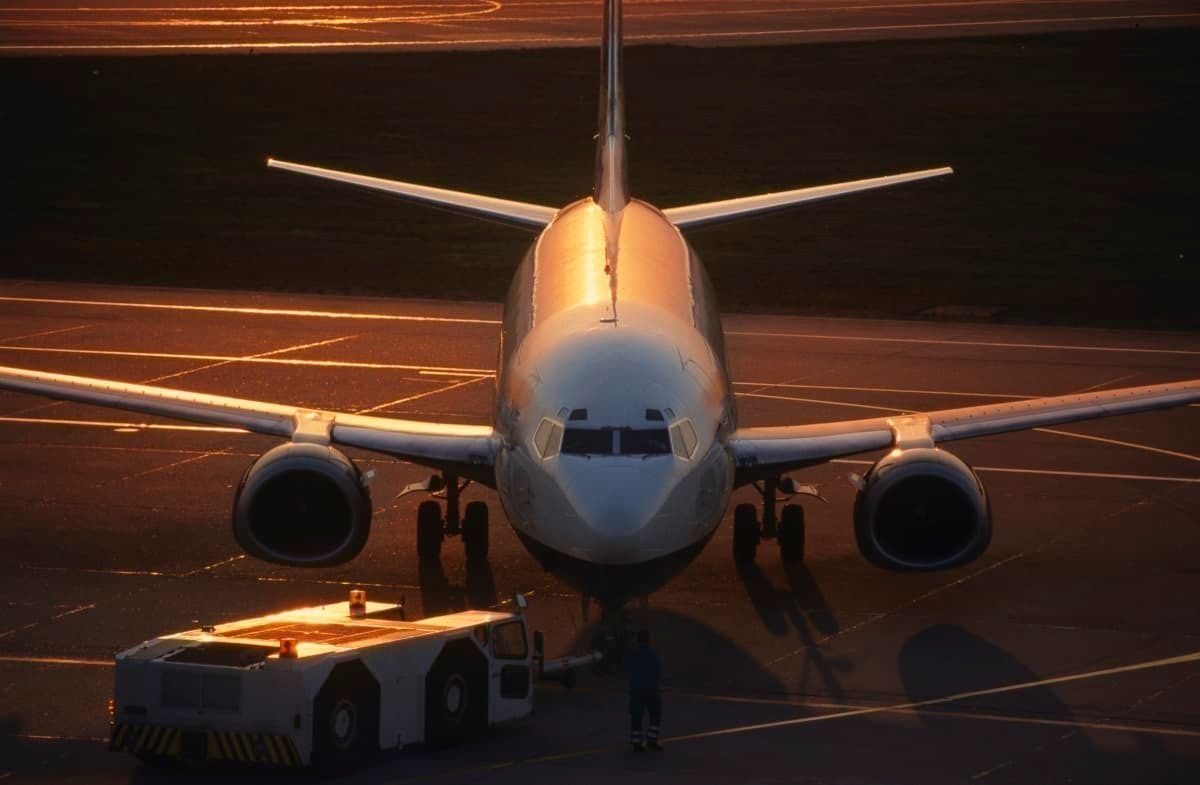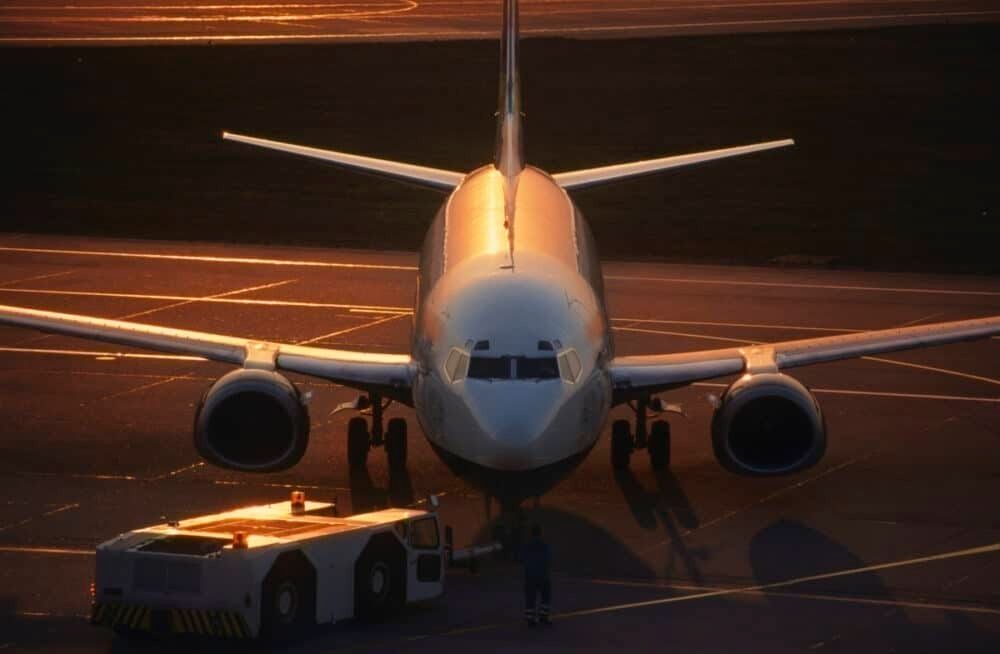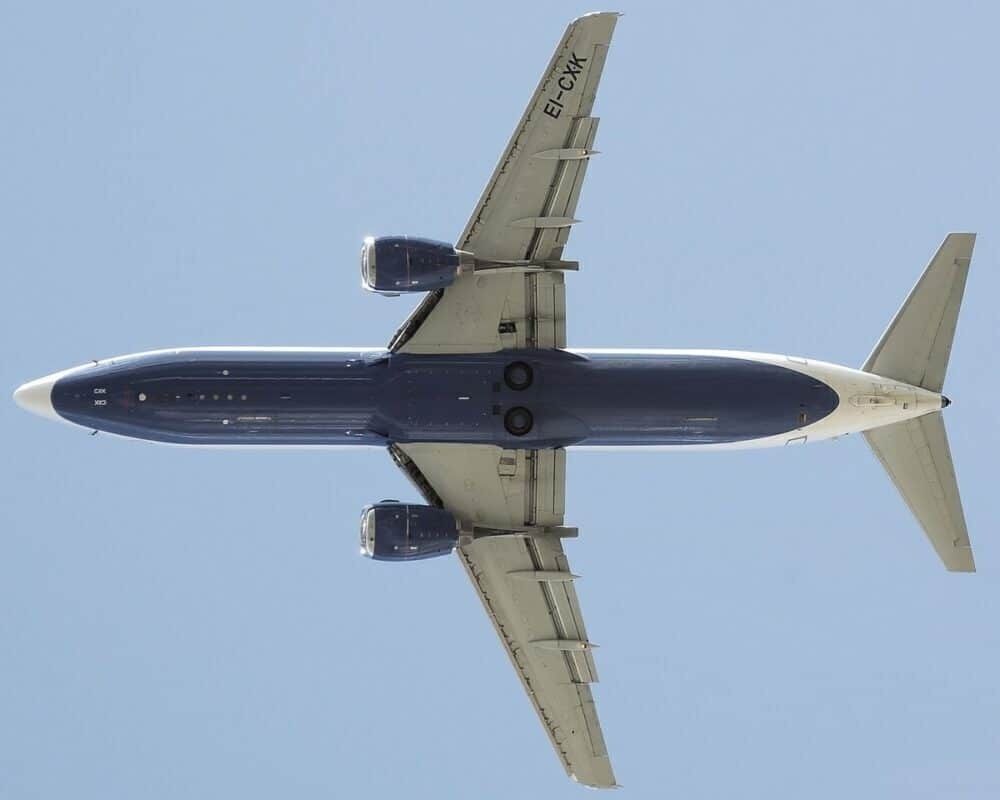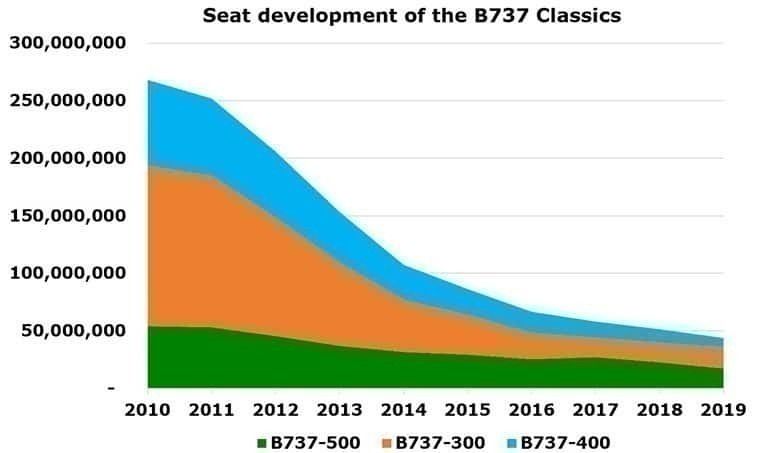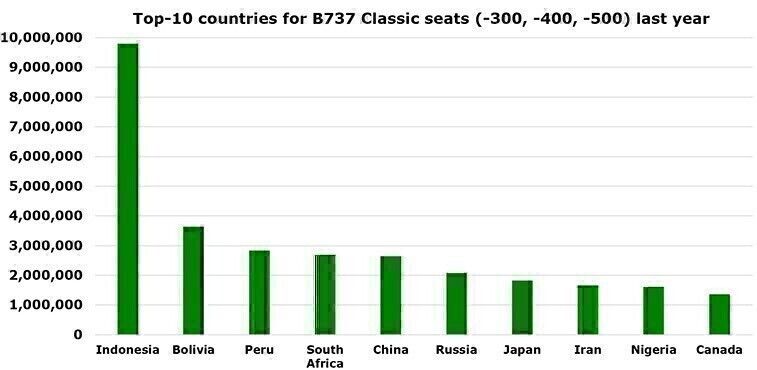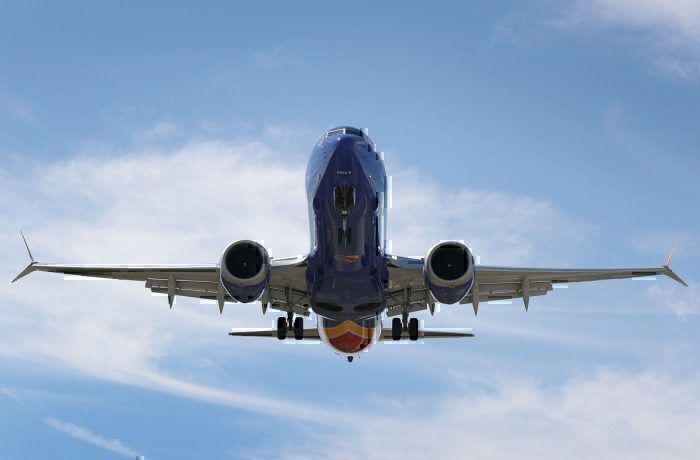In the wake of the global pandemic, we've focused extensively on the decline of four jet widebodies round the world. However, another aircraft has been in decline since far before the pandemic started. The classic Boeing 737 series, encompassing the -300, -400, and -500, is slowly becoming a rarer sight.
Development on the Boeing 737 Classic series began in 1979. The aircraft would eventually go on to replace the original 737 series. However, since then, two further generations of the Boeing 737 have been introduced. With the youngest Classics now reaching 20 years of age, their use by airlines is decreasing, with several high profile retirements recently.
Stay informed: Sign up for our daily aviation news digest.
A dying breed
The Boeing 737 Classic is becoming a dying breed of aircraft, with many airlines retiring the type. This is a process that has predated the current pandemic. Indeed, with the production of the classic 737s ending in 2000, the youngest models would now be 20 years of age.
However, the pandemic has sped up the retirement of some aircraft. For example, airBaltic returned from its flight suspension, having waved goodbye to its final Boeing 737 Classic aircraft. More recently, we marked the last flight of an ANA Boeing 737-500.
Some airlines do continue to operate the older 737s, though. Take Canada's Nolinor, for example. The Canadian carrier recently acquired three Boeing 737-400s. These join its existing fleet of Boeing 737-200s and -300s. According to Planespotters.net, the airline's average fleet age is 38.7 years.
Available seats fall sharply
Anna.aero recently dug through the numbers regarding the slow decline of the Boeing 737 Classic. Their analysis shows that 79 airlines were still operating the Boeing 737-300 in 2010, including Southwest. Many of these airlines have now retired these aircraft.
In 2010, 268 million seats were available on 737 Classic flights around the world. However, this has since plummeted by over 80% to just 43.8 in 2019. If you're keen to fly on a classic Boeing 737 before they're all gone, there are a couple of countries where you'll have more luck. According to anna.aero, last year, almost a quarter of all 737 classic seats (just under 10,000,000) were flown in Indonesia. Bolivia came in second place with just under 4,000,000 seats.
What's next for the Boeing 737 series?
With the classic Boeing 737 series slowly exiting the arena, we are left with two generations of Boeing 737s, the NG (Next Generation), and the MAX. The NG makes up a vast majority of all the Boeing 737 aircraft flying today.
As any regular Simple Flying reader will know, the Boeing 737 MAX currently makes up zero of the world's operational 737 fleet. The type has been grounded since last March following a second fatal crash. However, earlier this week, Boeing completed recertification flights of the 737 MAX. Before the aircraft's grounding, 387 MAXs had been delivered. Hundreds more are ready and awaiting delivery.
Have you ever flown on the Boeing 737 Classic? Let us know how you found the aircraft in the comments!

